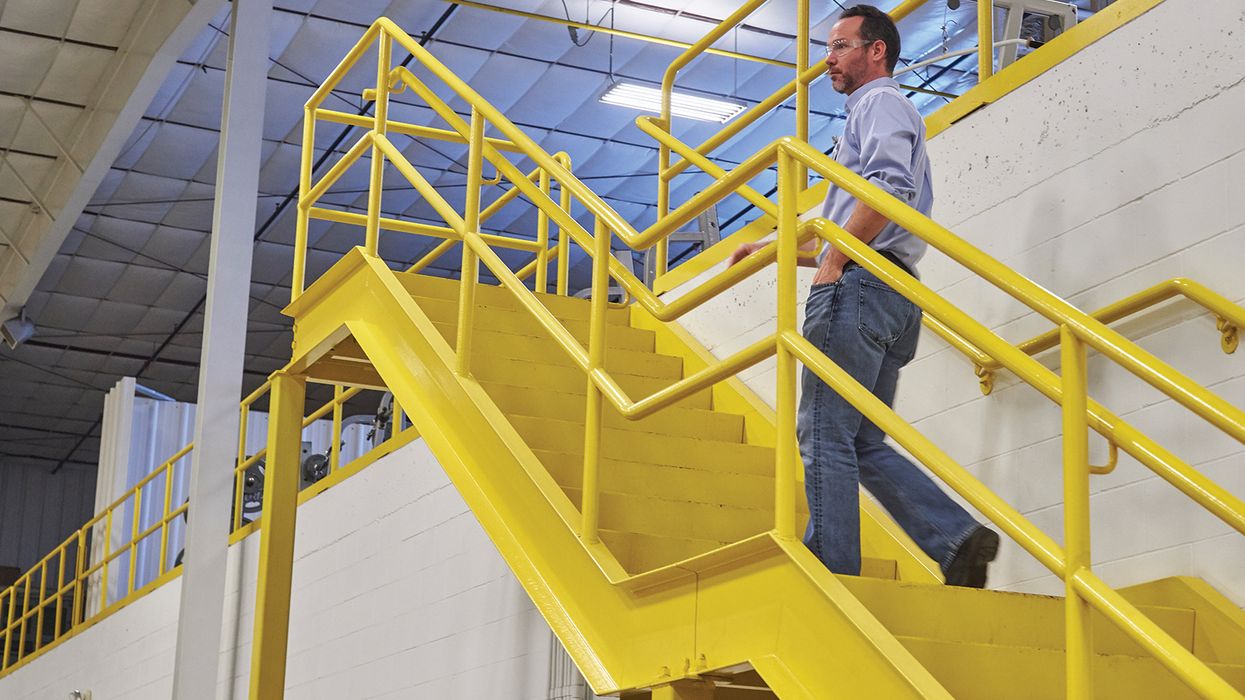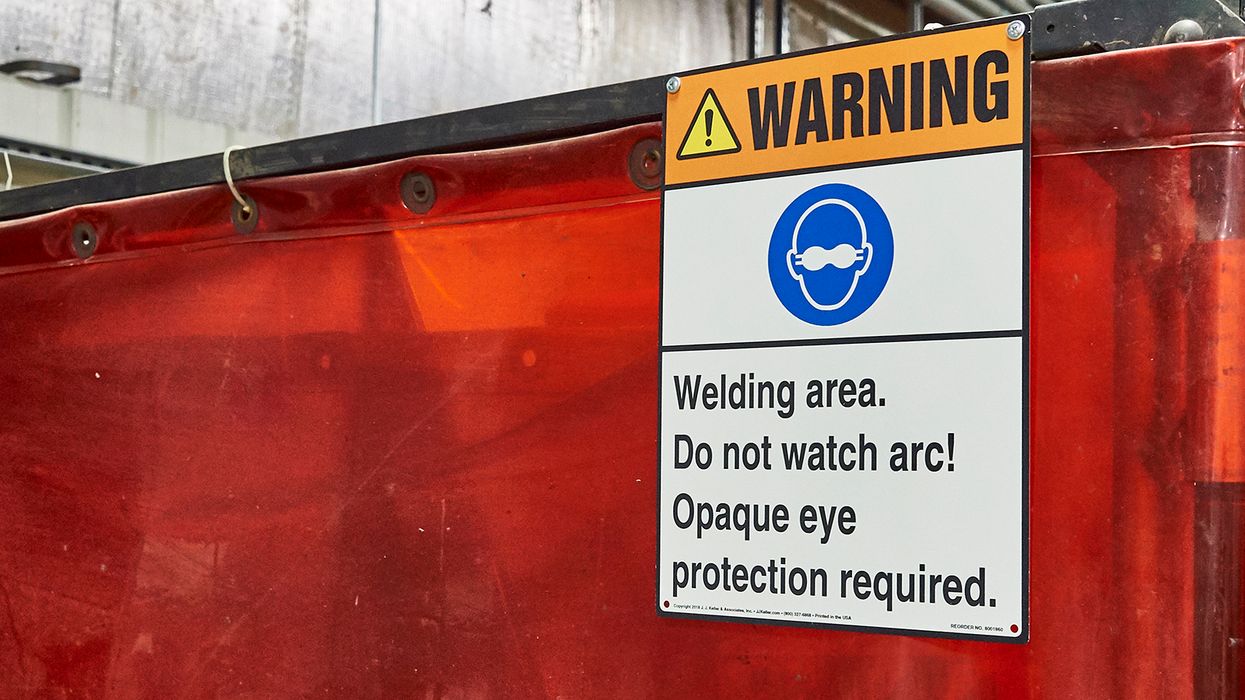The “ER” in HR: How employee relations impacts employee retention
Because of high turnover rates in nearly every industry in the past year and a half, employers are trying to discover the magic formula for improving employee relations in hopes of improving employee retention.
It’s no secret that there’s an “ER” crisis in most HR departments. No, it’s not a medical emergency. It’s an employee retention emergency.
Recruiters are scrambling to fill positions. Once employees are hired, though, it’s up to company leaders to maintain positive employee relations to keep new hires engaged.
Employee retention and compensation
Employee retention may be improved by recognizing employee contributions, which often comes down to compensating employees well.
While there may be limits on how high a company can afford to go in paying wages, consider that low wages contribute to employees’ financial stress and affects their health, ability to focus, and their job satisfaction, leading to greater turnover.
Company leaders should know what competitors are offering as far as salary, benefits, and perks. If offerings fall short, it could result in losing good employees to the competition.
Incentive programs
On top of a compensation package, some employers adopt incentive programs to help improve retention. Rewards need not always involve money, and in fact appreciation is quite effective. However, money combined with recognition is often the most effective combination.
To be effective, incentive programs should minimize lag time between the desired behavior and the reward. A program that delivers a bonus check at the end of the year won’t be as effective at motivating employees or changing behavior, assuming employees even remember the specific behaviors that contributed to meeting the goal.
Worse, if employees make some progress but the stated goals were not achieved, then no reward gets delivered. This “all or nothing” approach means that employees might not receive anything for a year’s worth of effort. That may send them to job sites faster than if there was no incentive program at all.
Perks and benefits
Employee retention is also about providing the perks and benefits employees want.
While a pat on the back is appreciated, time to rest that back is important to employees too. According to a recent Harris Poll survey called The State of Employee Finances: 2022, 80 percent of full-time employees say their work benefits have a direct impact on them staying at their current job.
Benefits are important because they can be leveraged to battle burnout, which if left unchecked can lead to employees’ quitting.
How can employers use benefits to help their workforce avoid becoming burnt out?
Here are a few tips:
- Promote PTO usage. Remind employees to use their paid time off (PTO). Encourage managers to lead by example, and take time off, too. If employees are banking their time, ensure they feel comfortable taking much-needed days off and support them in doing so.
- Normalize talking about mental health. Everyone needs to take care of their physical, mental, and emotional health, but sometimes the latter two are put on the back burner. Be sure employees know how to access their mental health benefits. Promote resources — whether through insurance coverage, employee assistance programs, or services available in the community. Regularly include this information in company communication and during staff meetings.
- Encourage involvement in service projects. Helping others lifts one’s own spirit. Whether it’s collecting food or clothing for a shelter, or working together to build houses, find a way to help employees connect with the community.
- Support wellness. Workplace stress makes an impact on mental and physical health and can lead to burnout. Show workers that their health is a priority by providing wellness information and emphasizing nutrition, activity, proper rest, and stress relief.
Flexible scheduling
A lack of control can increase worker stress levels, which can increase turnover. Policies that give workers more control over their schedule, and when their work gets done, can help.
For example, employers might want to offer a flexible scheduling policy. Employees could work with their manager to set hours that work for them. This gives workers more control over when their work gets done and provides a feeling of empowerment. It can reduce anxiety and in turn help improve employee motivation.
If flexible schedules aren’t possible, consider other options. This could include a compressed workweek, job sharing, and remote work, which employers are likely offering to more workers these days. If workers prefer this setup, consider making it a permanent option and provide workers with the technical support they need to make this happen.
Key to remember
Employee relations and employee retention are tightly woven together “ER” emergencies for HR departments across the country. Employers should strive to improve employees’ overall work experiences to improve retention.

































































